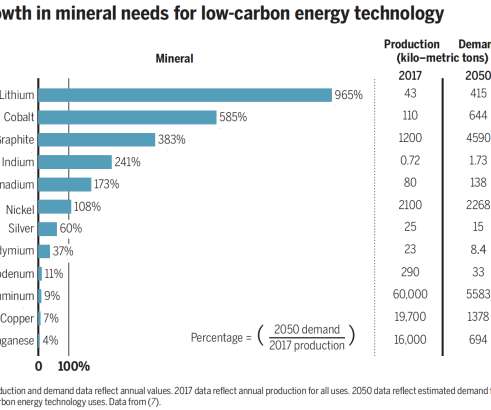U Delaware team develops prototype efficient direct ammonia fuel cell for transportation
Green Car Congress
JULY 31, 2019
A team at the University of Delaware has demonstrated a direct ammonia fuel cell (DAFC) prototype with a peak power density of 135 mW cm -2 at 80 ?C. The technical potential of wind and solar energy is vast, and such fuels are scalable beyond foreseeable needs. A paper on the work is published in the journal Joule. Zhao et al.



















Let's personalize your content